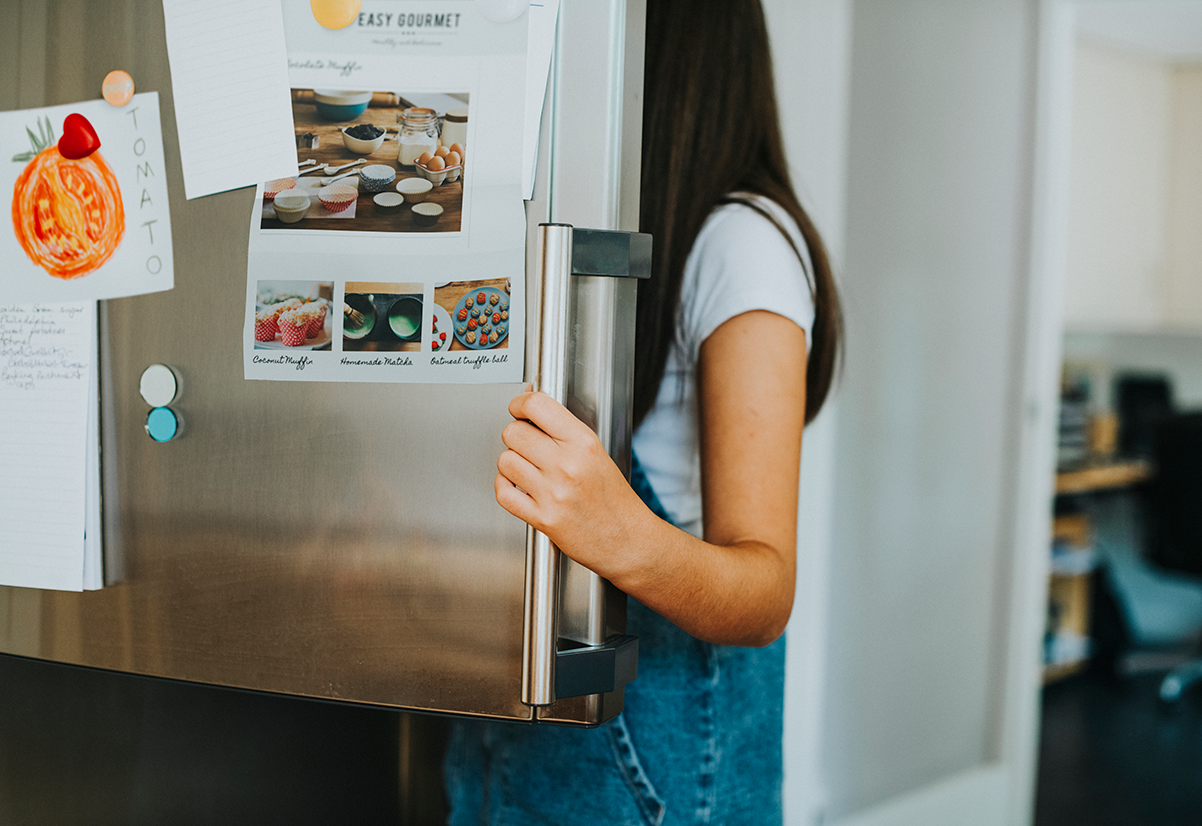
A refrigerator is an essential appliance in most homes. It is responsible for keeping your food fresh and your beverages cold. However, it can also be a significant source of energy consumption, which can lead to high electricity bills. Fortunately, there are several ways you can save money and energy with your refrigerator. In this article, we will discuss some tips for maximizing your refrigerator’s efficiency.
Check the temperature
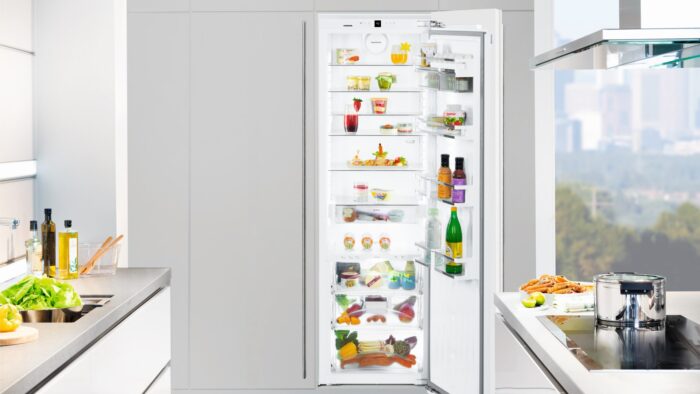
One of the most important aspects of maximizing your refrigerator’s efficiency is to check the temperature regularly. The ideal temperature for a refrigerator is between 35 and 38 degrees Fahrenheit. If the temperature is too high, your food may spoil faster, and if it is too low, you may be wasting energy.
Why is the temperature important?
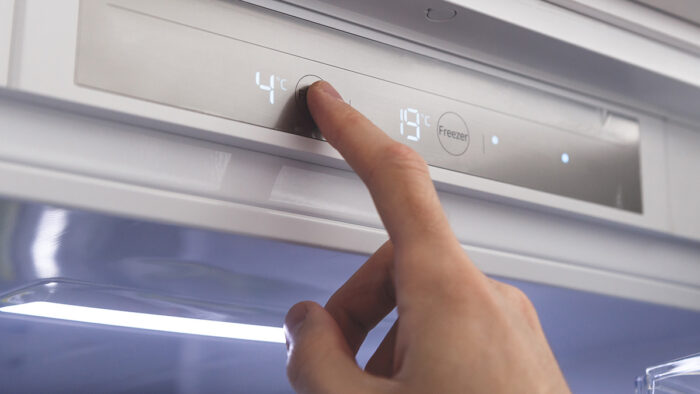
The temperature of the left swing refrigerator is crucial for the preservation of your food. A temperature that is too high can cause bacterial growth, which can lead to food spoilage and potential health hazards. On the other hand, a temperature that is too low can freeze your food, making it unappetizing and inedible. It’s important to ensure that the refrigerator is at the ideal temperature range of 35 to 38 degrees Fahrenheit to maintain the freshness of your food. Regularly checking the temperature with a thermometer and adjusting the temperature as needed can help you avoid food spoilage and save money. Additionally, organizing the contents can also help with temperature regulation and airflow, ensuring that the cold air circulates properly throughout the appliance. By taking care of the temperature and organization, you can keep your food fresh and safe for consumption while maximizing the efficiency of the appliance.
How to check the temperature?
You can check the temperature of your refrigerator with a thermometer. Place the thermometer in a glass of water and leave it in the middle of the refrigerator for a few hours. After a few hours, check the temperature and adjust it as necessary.
How to adjust the temperature?
Most refrigerators come with a temperature control dial that allows you to adjust the temperature. If the temperature is too high, turn the dial towards the cold setting. If the temperature is too low, turn the dial towards the warm setting. It is important to adjust the temperature gradually and check it regularly to ensure that it is at the desired level.
The benefits of checking the temperature regularly
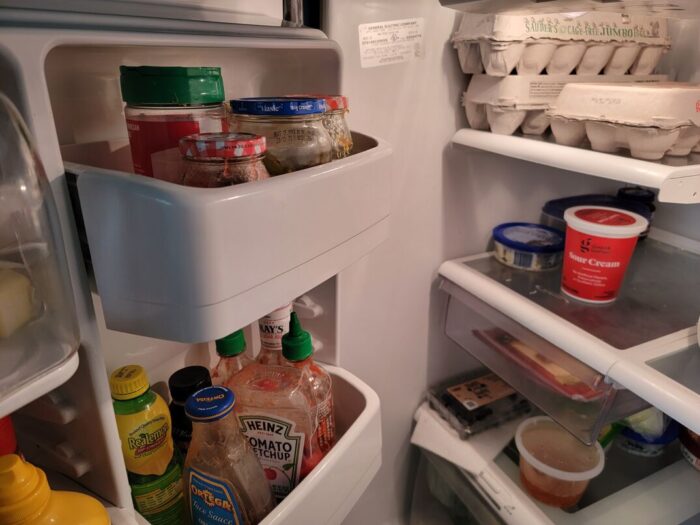
Checking the temperature regularly can help you save money and energy. If the temperature is too high, your food may spoil faster, and you may have to throw it away. This can lead to wasted money and energy. On the other hand, if the temperature is too low, your refrigerator may be consuming more energy than necessary, which can lead to higher electricity bills. By checking the temperature regularly, you can ensure that your cooler is running efficiently, and that your food is safe and fresh.
Keep it clean
A dirty refrigerator can lead to poor performance and energy waste. Make sure to clean the coils and the condenser regularly. The coils are located at the back or the bottom and can collect dust and debris, reducing the efficiency of the appliance. Use a vacuum cleaner or a brush to clean the coils. The condenser is usually located at the back and can also collect dust and dirt. Use a damp cloth to clean it.
Organize the contents
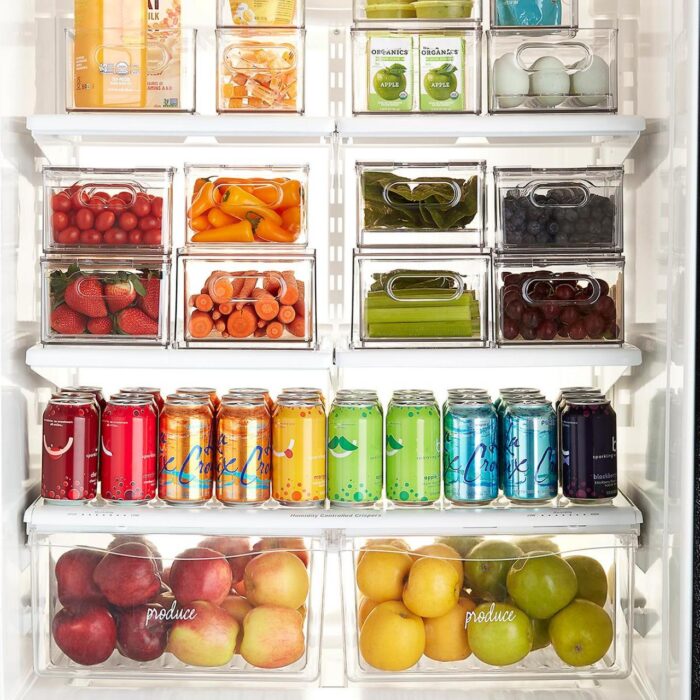
Organizing the contents of your refrigerator is another important aspect of maximizing its efficiency. The way you arrange your food and beverages can affect the temperature distribution and the airflow inside the cooler. Here are some tips for organizing the contents:
Leave enough space between items
Make sure to leave enough space between the items in your refrigerator so that the cold air can circulate freely. This will ensure that the cooler cools evenly and that there are no warm spots. Avoid overcrowding the refrigerator as this can make it work harder and waste energy.
Store food in the right place
Different types of food require different storage conditions. For example, raw meat and poultry should be stored on the bottom shelf to prevent contamination. Fruits and vegetables should be stored in the crisper drawer with high humidity to keep them fresh. Dairy products should be stored on the top shelf where the temperature is the most consistent.
Use containers and labels
Using containers and labels can help you organize your food and make it easier to find what you need. Use clear containers to store leftovers and label them with the date to ensure that you use them before they spoil. You can also use containers to store fruits and vegetables and keep them organized.
Benefits of organizing the contents
Organizing the contents can help you save money and energy. By leaving enough space between the items, you can ensure that the refrigerator cools evenly and that there are no warm spots. This can prevent food spoilage and save you money on wasted food. Storing food in the right place can also help it stay fresh longer, reducing the need to replace it frequently. Using containers and labels can make it easier to find what you need and avoid overbuying food, which can lead to wasted money and energy. By organizing the contents, you can ensure that it runs efficiently and keeps your food fresh and safe.
Seal the door
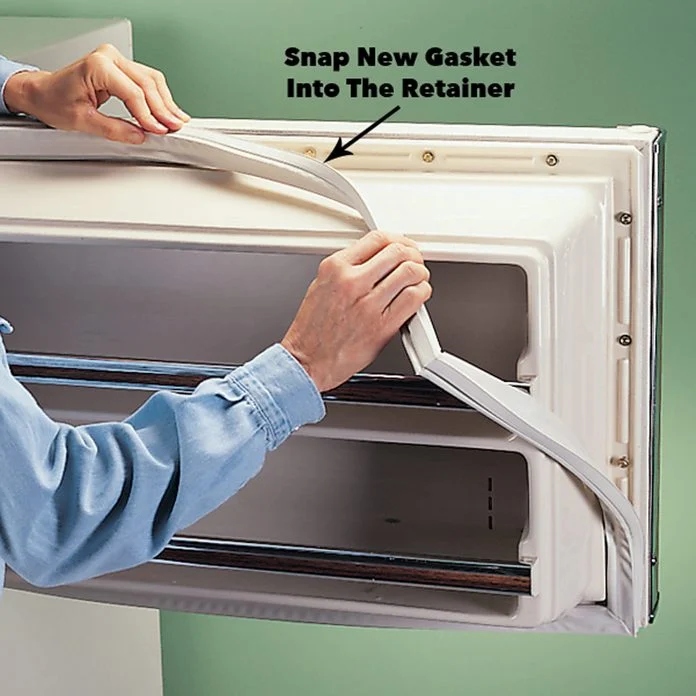
A refrigerator’s door is a critical component of its efficiency. If the door is not sealed properly, cold air can escape, and warm air can enter. This can make the cooler work harder and consume more energy. Make sure to check the door gasket regularly and replace it if it is damaged. Also, avoid leaving the door open for too long, as this can waste energy.
Use energy-saving features
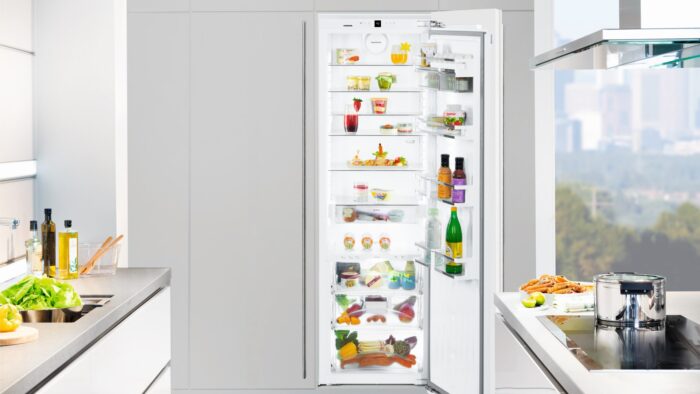
Many modern refrigerators come with energy-saving features that can help you save money and energy. For example, some refrigerators have a vacation mode that reduces energy consumption when you are away. Others have an automatic defrost feature that can save energy by defrosting the cooler only when needed. Make sure to read the manual and learn about the energy-saving features of your refrigerator.
Conclusion
A refrigerator is an essential appliance that can consume a significant amount of energy. However, by following these tips, you can maximize its efficiency and save money on your electricity bills. Check the temperature, keep it clean, organize the contents, seal the door, and use energy-saving features. With these tips, your cooler will run efficiently, and your food will stay fresh and cool.








